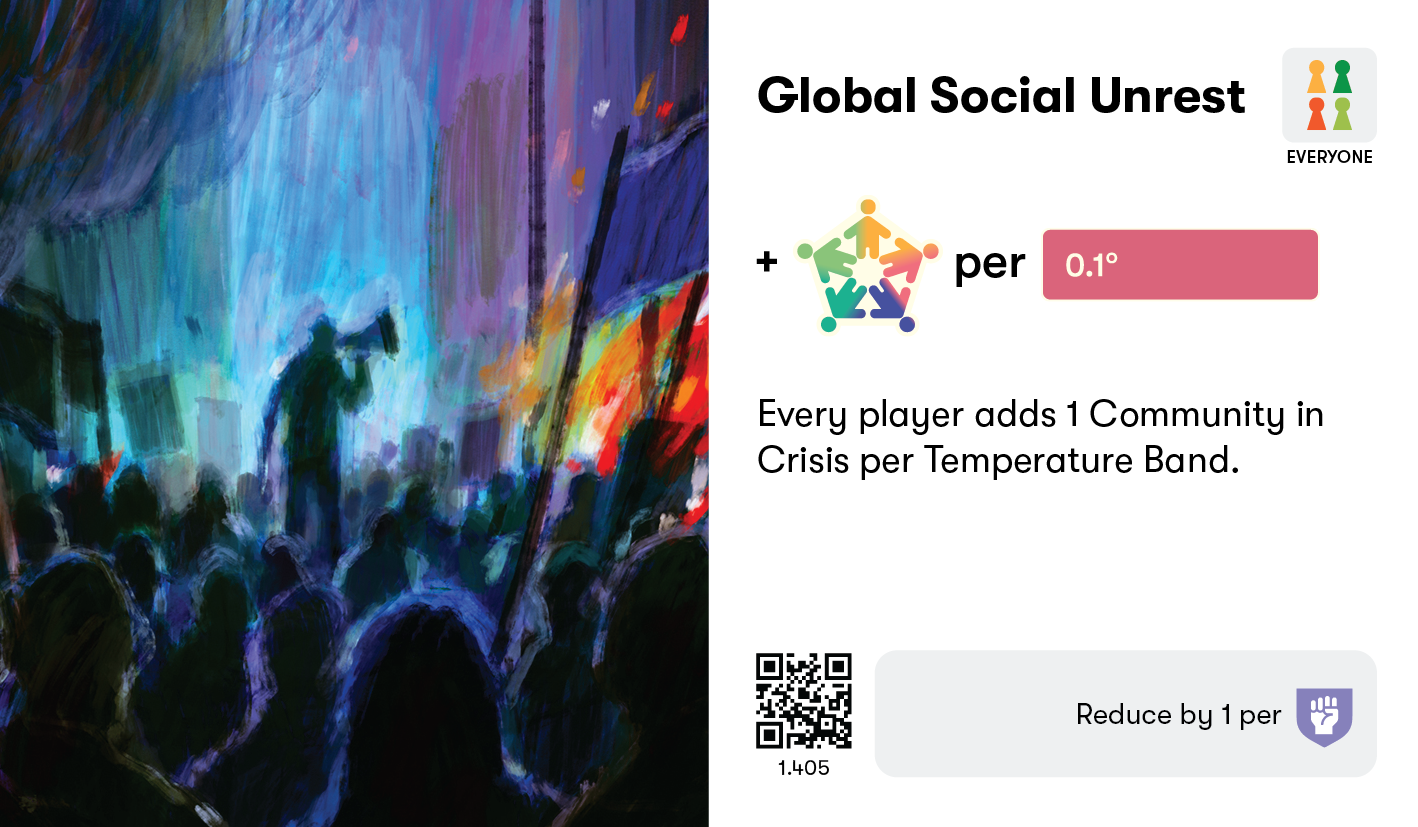Global Social Unrest
Crisis
Rising temperatures and ecosystem destruction can contribute to social unrest and conflict. The ways this can happen are complex. For example, a severe drought might not be the direct cause of rioting. But a shortage of water can cause crop losses, which means financial losses for farmers and higher food prices and less food for everyone. These effects are likely to interact with existing problems, like poverty, political discontent, and competition over water, food, and other key resources. Together, all these problems can add up and become unbearable.
This is why the climate emergency has been described as a ‘crisis multiplier’. It makes the most vulnerable even more vulnerable. There are around 3.5 billion people living in highly vulnerable areas, mainly in the Majority World: Africa, South Asia, South and Central America and Small Island nations.
The inability of governments to provide communities with life’s essentials increases the chance that social unrest and conflict occur as temperatures rise. Investments are needed to help these communities become more resilient to accelerating climate shocks. Social investments can help relieve the pressures that lead to social unrest, such as better education, health services, adequate nutrition, economic opportunities, and democratic participation.
Every player must add 1 Community in Crisis per Temperature Band.
Players can reduce this effect by 1 for each Social Resilience token in their player board.
For example: 5 Temperature Bands – 3 Social Resilience = add 2 Communities in Crisis.
Resilience tokens are not discarded.

Conflict and Climate (UNFCCC)
This is how to avoid climate crises becoming the trigger for social unrest (World Economic Forum, WEF)
Seven things you need to know about climate change and conflict (International Committee of the Red Cross)
Cancel debt to help climate vulnerable nations.
Support climate vulnerable nations.
Demand climate justice.